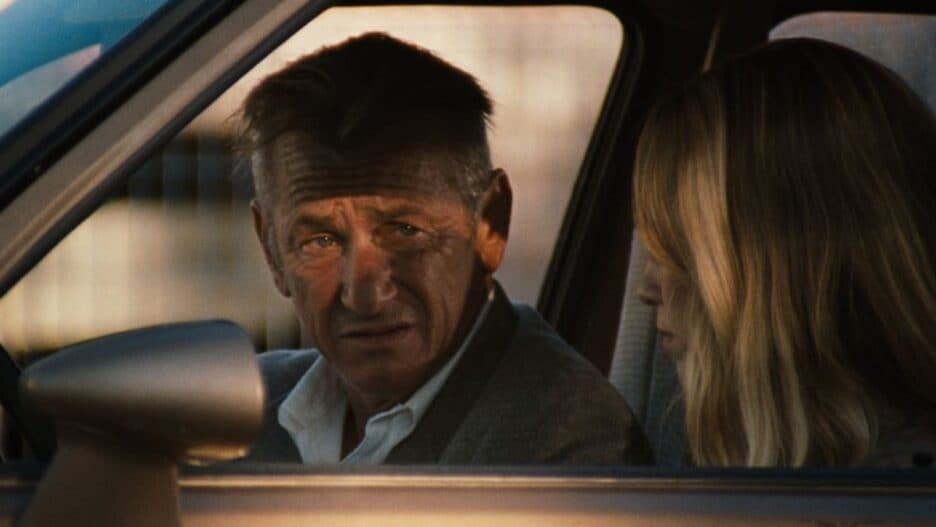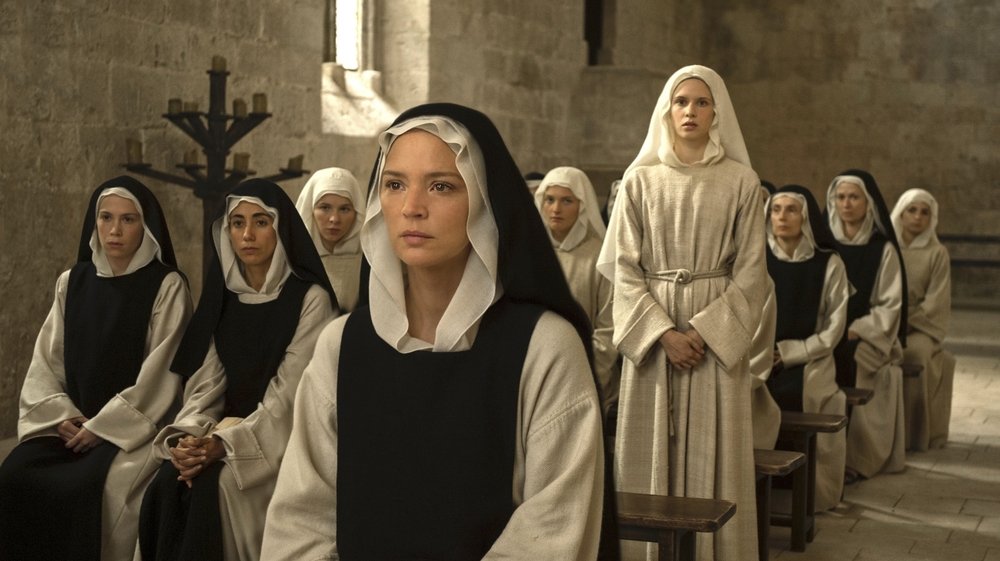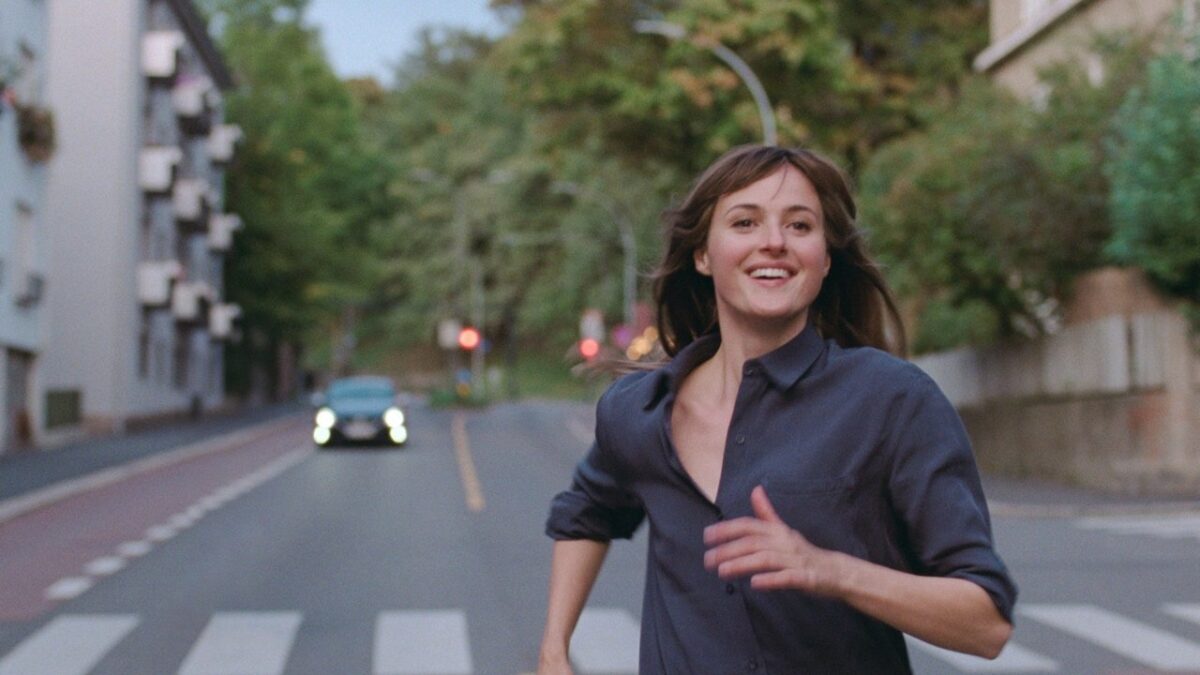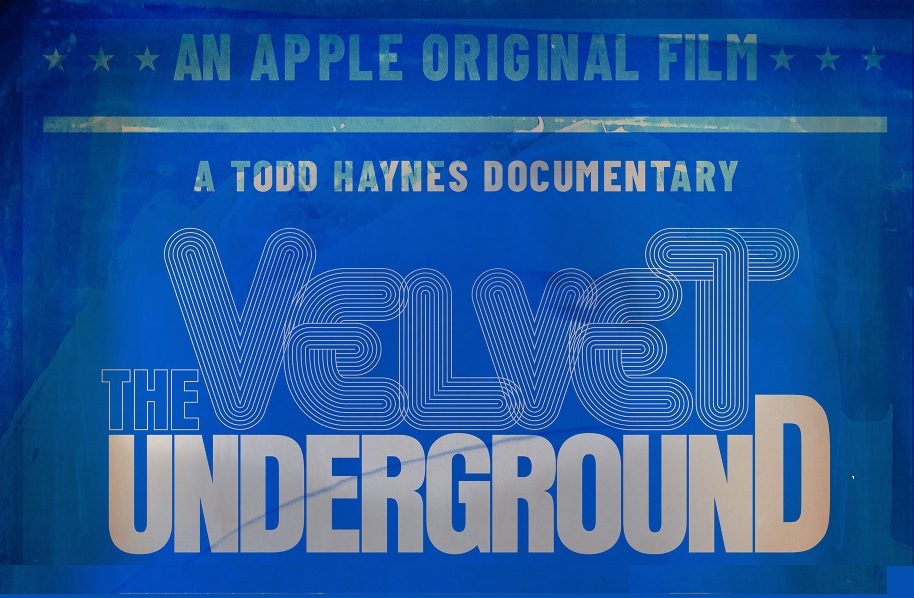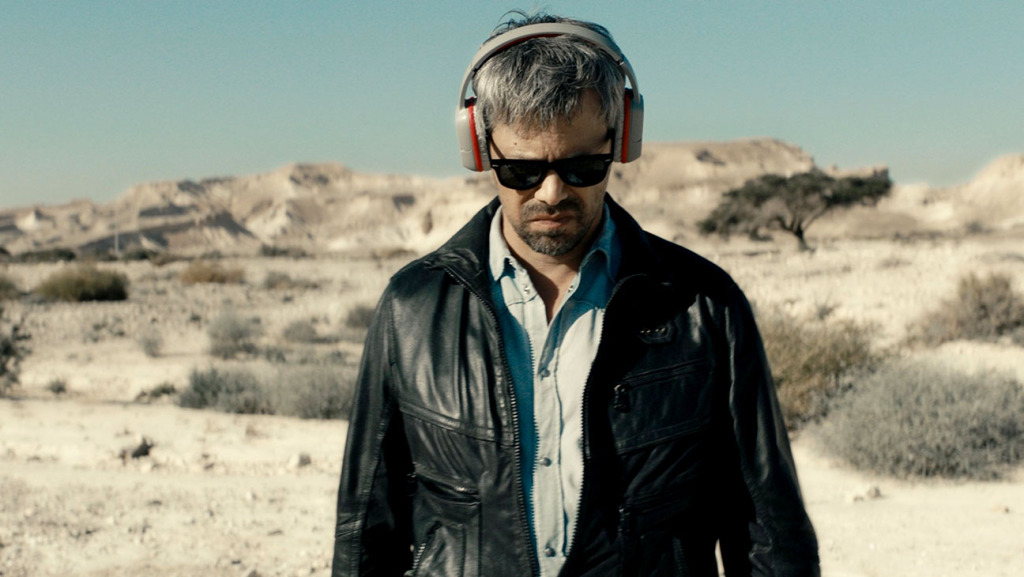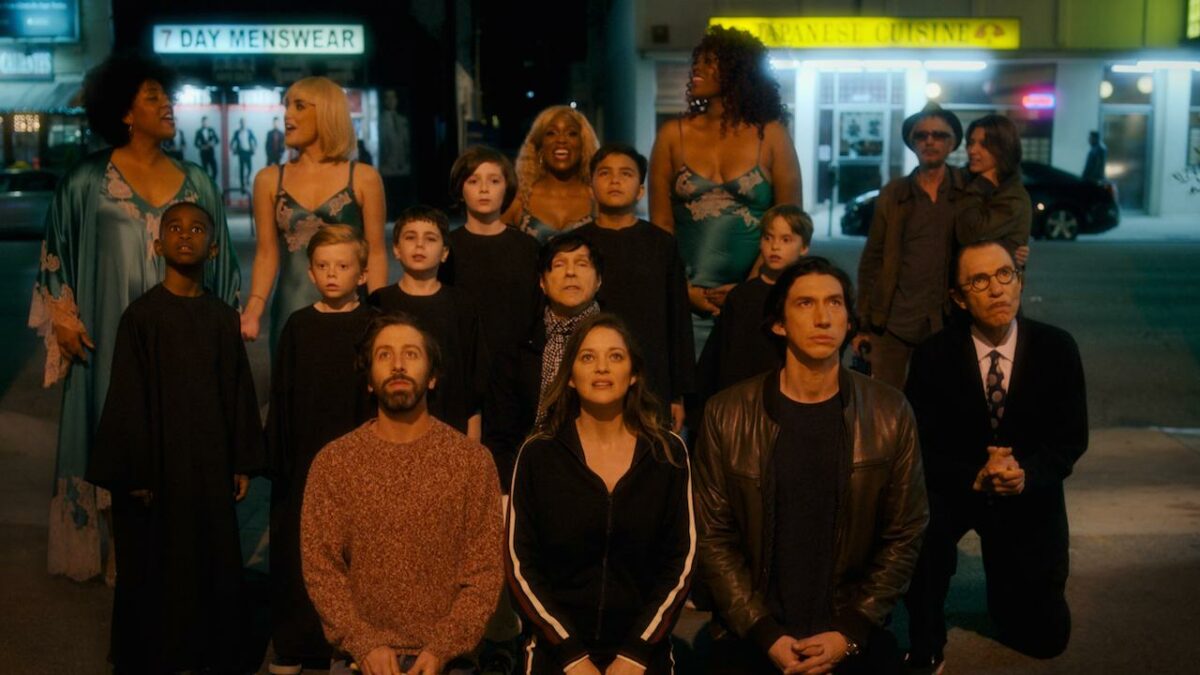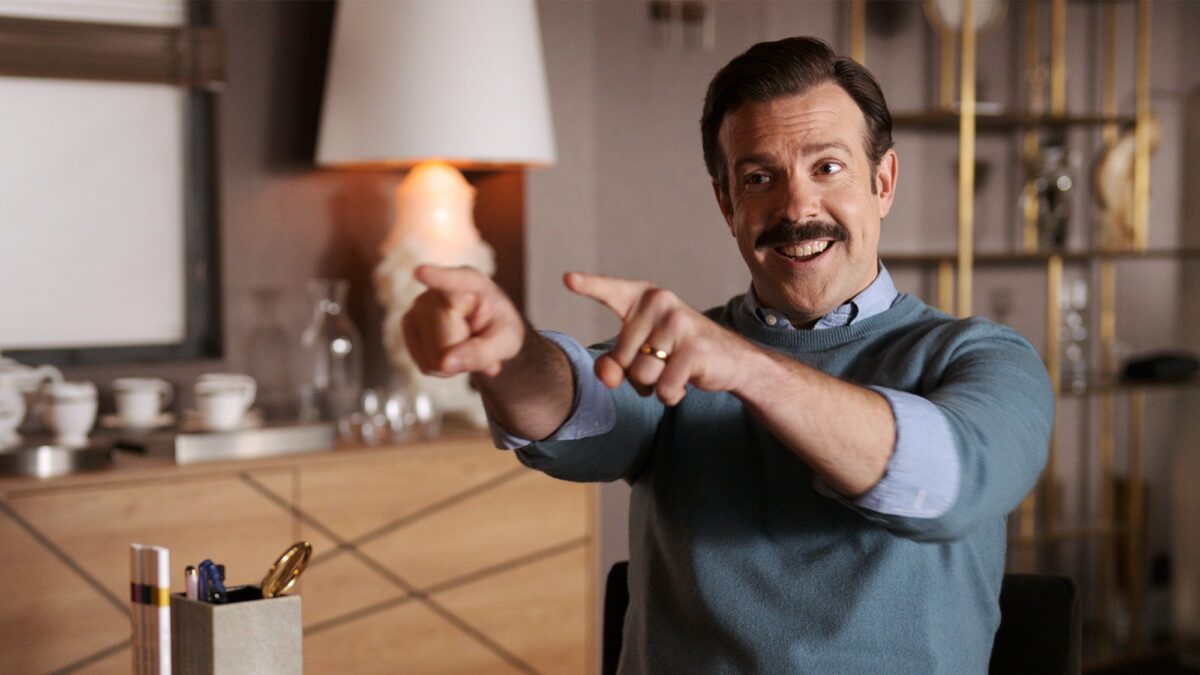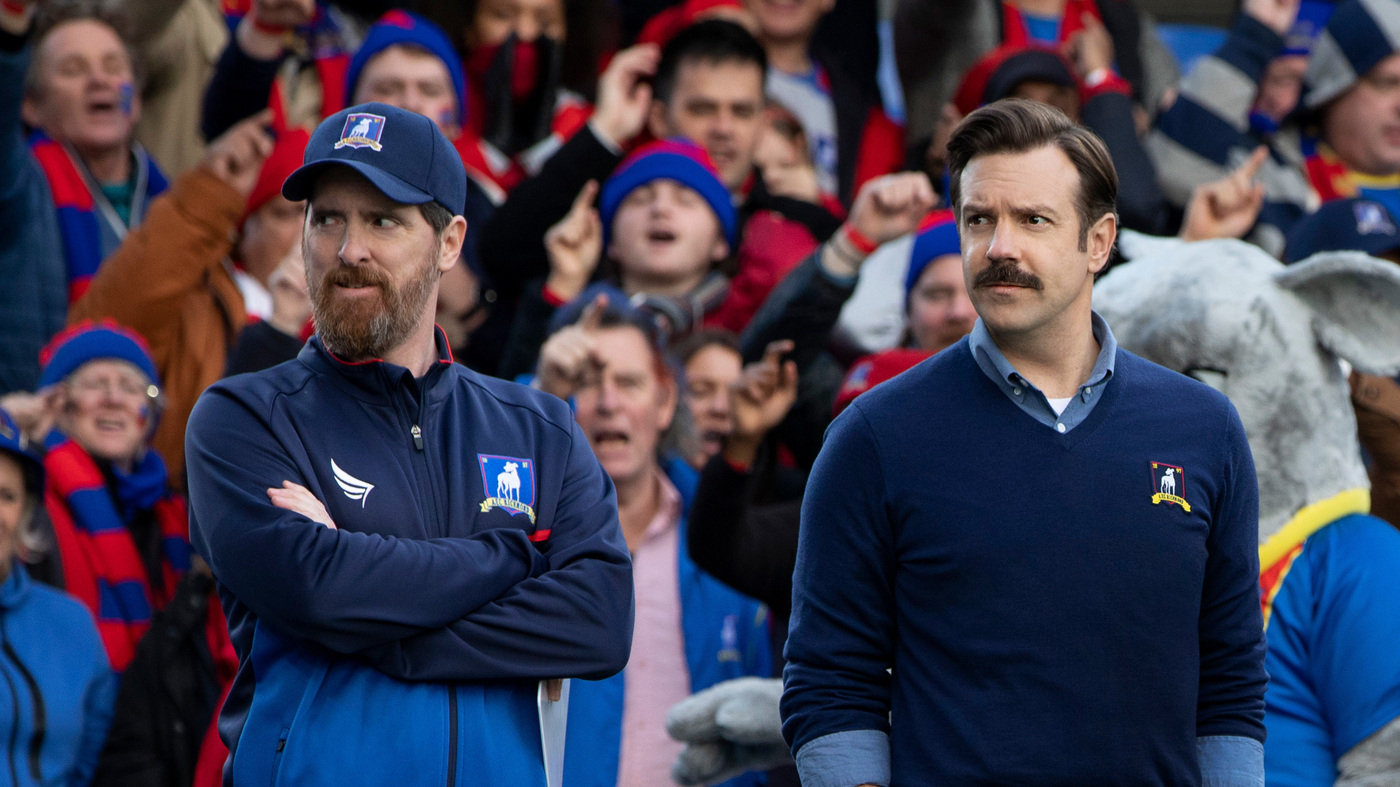Biorhythms are an essential part to how humans move. It’s passed on through genetics, generations, and nurtured by the environment we’re born into. Clara Sola explores such a subject matter. Premiering in the Director’s Fortnight sidebar category at this year’s Cannes Film Festival, Clara Sola follows Clara – a rural Costa Rican woman who’s an outcast in her family as she rebels against the behavior expected of her at her niece’s quinceañera. She has a hunchback, walks as if she has a lemon in her shoe, and is at one with the nature around her. So, when I met with the director Nathalie Álvarez Mesén and actress Wendy Chinchilla Araya atop the Scandinavian pavilion on the Croisette, I of course had to delve in about the physicality of the human body, Mesén’s history of being a mime, and how much the environment of Costa Rica directed the film.
“I like to work physically, maybe it’s my interest in the body, and how the body can say more honest things than words a lot of the times,” Mesén goes in. “The idea of the character comes from different paintings and pictures, but the theme actually comes from my co-writer Maria Camila Arias and me growing up in Latin America, and then taking some distance to see what we had been through: the community, the love, but also what restrictions and expectations there were – what we inherited from are mothers, our grandmothers, and how patriarchal norms were reproduced even if men were not there.”
The table over from us at another interview sat Wendy Chinchilla Araya, the lead actress of Clara Sola. One could tell from her presence she was a performer, but not necessarily an actress. “I wrote the script for a younger character,” Mesén added. “But once the casting process started, I wanted to work with a dancer. We weren’t looking for actors, but either performers of some sort or martial artists… something that had to do with awareness of the body. And I knew about Wendy from my teenage years because Costa Rica is a small country, and I was also in the physical theater scene. I kind of saw Clara in her, even if she was doing something very different. There was something in her performance and I wanted to get her to an audition. She was the second one we saw.”
“I’ve never performed in a theater, or a play, nothing,” states Araya. But Mesén trusted her in directing herself from the page. “Everything came from me, but from the images Nathalie gave to me. She’s a mime, so she knows this vocabulary of dance, the vocabulary of the body. She was very clear in giving me images, so I looked into my possibilities and my tools and we just found Clara.”
From watching the film, one can tell Clara is very much in command of her body, but how much of that was physical direction, and how much of it was coming from Wendy herself?
“We worked with a lot of internal images,” answers Mesén. “I give inputs of images and she interprets them in her own way. She’s an incredible dancer and can also choreograph very small movements. Like she said yesterday at the Q&A, ‘I’m always dancing on the inside.’”

“I had to change [my body’s] position,” Araya continues. “But of course I was using a special prosthetic. So I had to prepare before every day. I had to do some exercises for my back so it would be in shape. And after the work of the day, I had to do some stretches and be very physical because I knew it would be very challenging for my back.”
The landscape of Costa Rica very much plays a character in Clara Sola, and one can tell it served as a second director. “You can’t direct nature,” Mesén states. “You have to go by what nature is saying. If it’s raining, it’s raining. If the river is very powerful, you have to be careful with your humans. If the horse doesn’t want to go this way, it doesn’t want to go this way. So you have to adapt, listen, and in the end I think we got the hang of it. And then the wonderful work of my editor, Marie-Hélène Dozo, chose what moments to keep and propose. The nature sometimes played with Clara’s emotions… sometimes it was almost magical.”
“It was so intense, it was impossible not to react,” Araya follows. “I think it helps a lot to build and to understand Clara, Clara’s imagination and Clara’s world. Because we were living in this little country in the mountains, we didn’t see many people. So I think all this nature that was very wild and very present helped a lot to get to Clara.”
Clara has a particular type of posture, but also dons a specific use of costume design in terms of how ill-fitting the costumes are on her. Based on that, would you say that Clara Sola is ultimately about obedience?
“Yes….?” Araya has to ask herself even. “She has a nature that is very opposite to what’s around her in terms of limits. So [these clothes] are also a limit the family puts on her. They tell her what to wear, they tell her how she must look. So it was all a limit from the external world of Clara.”
There’s a moment in the film where (and I don’t want to give it away) we see a crucial body transformation. It almost looks like CGI, but was too real to be real. Could you talk about that?
“Umm,” Araya hesitates. She points to Mesén across the way. “I’m not allowed to tell. But she was very specific… we were rehearsing all the time.” Araya begins to demonstrate, “She said ‘try to feel it from the furthest point down your back, and then it’s better when you go down with your shoulder…’ We tried everything. It was dancing.”

